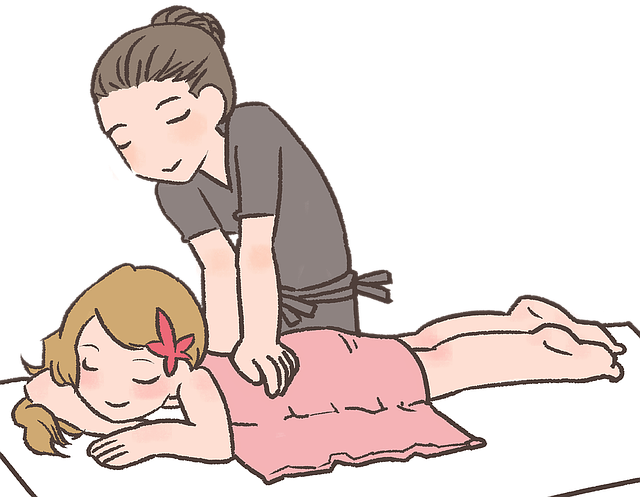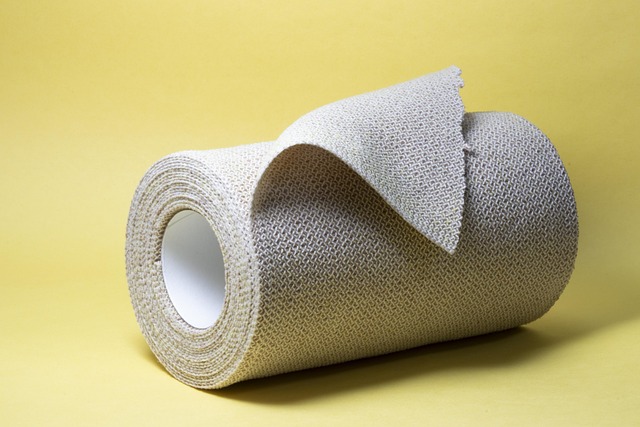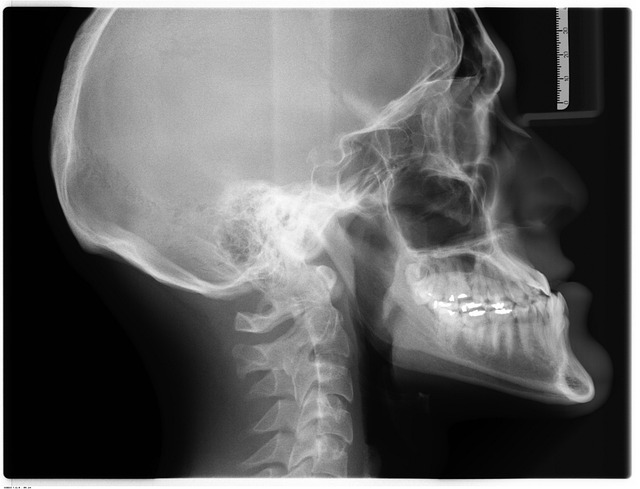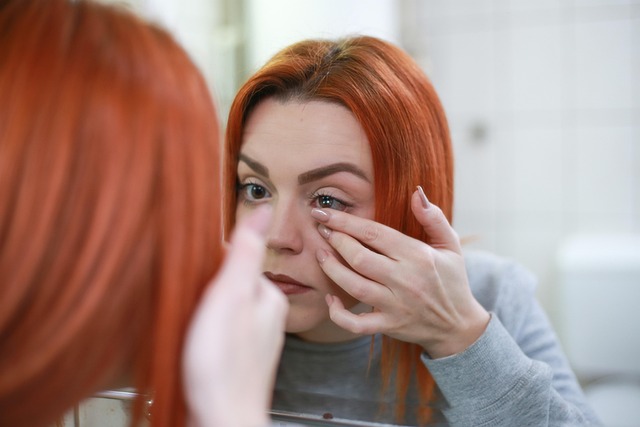Postural issues stemming from accidents like car crashes or falls can lead to chronic pain and reduced quality of life. Corrective chiropractic care, focusing on realigning the body and restoring natural curvature through manual adjustments, alleviates pain, improves nerve function, and promotes better posture. A comprehensive long-term plan combines this care with exercises for core strengthening, ergonomic lifestyle adjustments, and stress management techniques to prevent future injuries and enable active lifestyles. Regular check-ins with a specialist are crucial for tracking progress and making necessary adjustments to achieve sustainable improvements in posture and overall well-being after postural imbalances caused by accidents or poor posture.
Postural issues often arise after accidents, leading to chronic pain and reduced quality of life. A comprehensive long-term posture correction plan is essential for sustainable recovery. This article delves into understanding postural problems stemming from accidents and explores the role of corrective chiropractic care in addressing these issues. We present a strategic approach to creating, implementing, and maintaining a tailored plan, focusing on evidence-based practices like corrective chiropractic for optimal postural alignment and overall well-being.
- Understanding Postural Issues After Accidents and the Role of Corrective Chiropractic
- Creating a Comprehensive Long-Term Posture Correction Plan
- Implementation and Continuous Care for Sustainable Postural Improvement
Understanding Postural Issues After Accidents and the Role of Corrective Chiropractic

Postural issues often arise after accidents, such as car crashes or falls, leading to chronic pain and reduced quality of life. These injuries can cause misalignments in the spine and joints, resulting in poor posture. Corrective chiropractic care plays a crucial role in addressing these postural problems. Chiropractors use various techniques, including manual adjustments, to realign the body and restore its natural curvature. This approach not only alleviates pain but also improves overall physical well-being by enhancing nerve function and promoting better movement patterns.
By focusing on the musculoskeletal system, corrective chiropractic for postural issues after accidents provides a holistic treatment option. It helps individuals regain control over their bodies, enabling them to stand taller and move more efficiently. This form of care is particularly beneficial for accident survivors who may face long-term health challenges related to posture. Through regular adjustments and exercises, patients can effectively manage pain, prevent future injuries, and reclaim an active lifestyle.
Creating a Comprehensive Long-Term Posture Correction Plan

Creating a comprehensive long-term posture correction plan involves a multifaceted approach tailored to address underlying causes and promote sustained improvements. After an accident, corrective chiropractic care plays a crucial role in addressing postural issues by realigning the spine and reducing nerve compression. This initial step paves the way for a broader strategy that may include physical therapy exercises focused on strengthening core muscles, stretching tight areas, and improving flexibility.
A holistic approach incorporating lifestyle adjustments is equally vital. This might involve ergonomic modifications at work and home to prevent future strain, regular activity and exercise to maintain muscle balance, and stress management techniques to avoid slouching from tension. By combining these elements, a patient can develop a robust long-term posture correction plan that leads to lasting benefits.
Implementation and Continuous Care for Sustainable Postural Improvement

Implementing a long-term posture correction plan requires a commitment to consistent care and adjustment. After initial assessments and adjustments by a corrective chiropractic specialist, regular check-ins become essential for tracking progress and making necessary tweaks. This ongoing process involves not just addressing symptoms but also focusing on strengthening core muscles and improving overall body alignment.
Continuous care may include regular chiropractic adjustments, specific exercise routines targeting weak or imbalanced muscle groups, and lifestyle modifications to support better posture. By combining these strategies, individuals can achieve sustainable improvements in their posture, reducing the risk of future issues and enhancing overall well-being, especially after postural imbalances caused by accidents or prolonged poor posture.
A long-term posture correction plan, incorporating corrective chiropractic care, is essential for sustainable recovery from postural issues arising after accidents. By addressing underlying misalignments and implementing tailored exercises, individuals can achieve lasting improvements in their posture and overall well-being. Regular check-ins with healthcare professionals ensure ongoing adjustments and foster a proactive approach to maintaining optimal spinal health. This holistic strategy empowers folks to take control of their physical well-being, preventing future complications and promoting active, pain-free lives.














